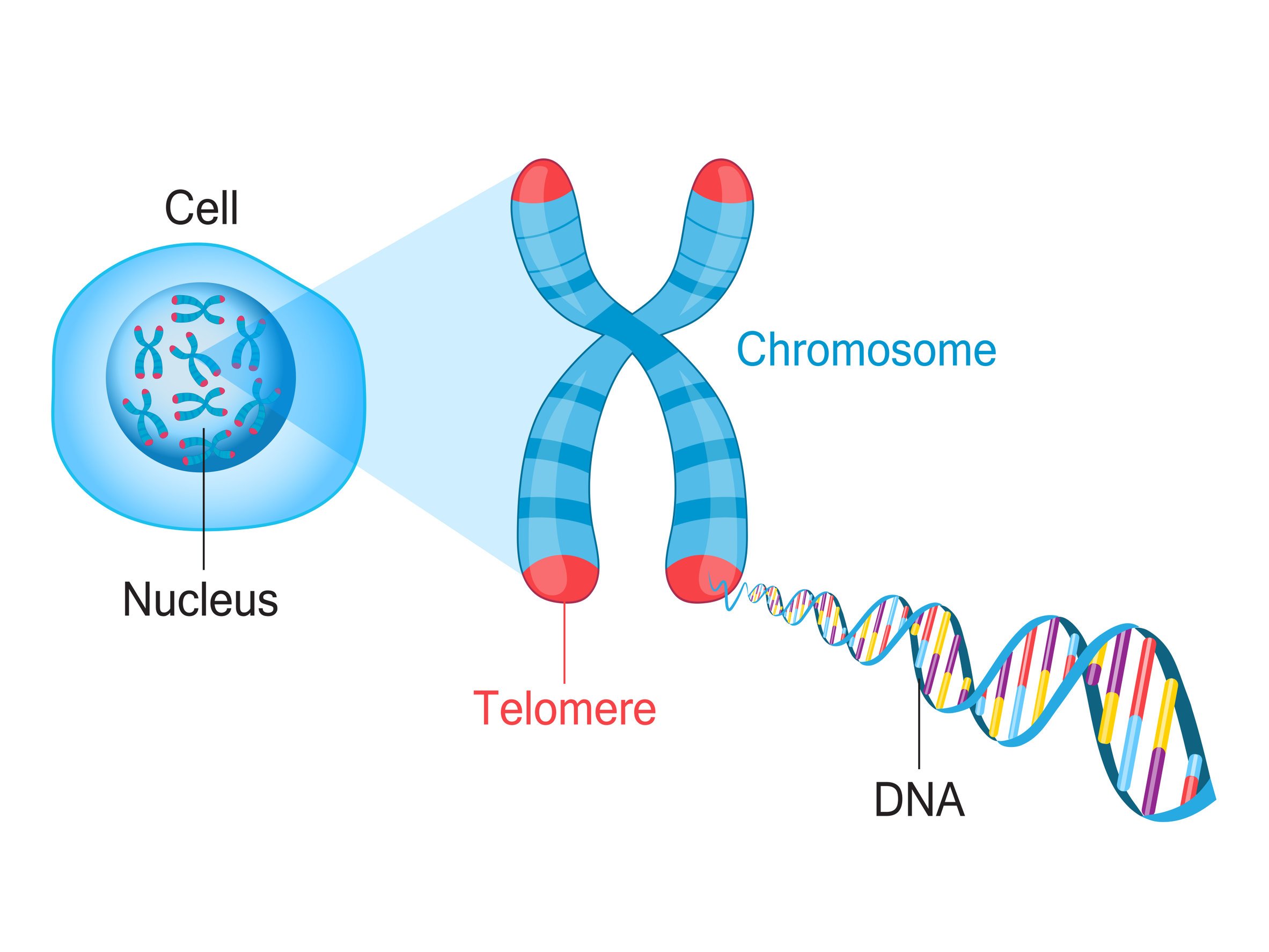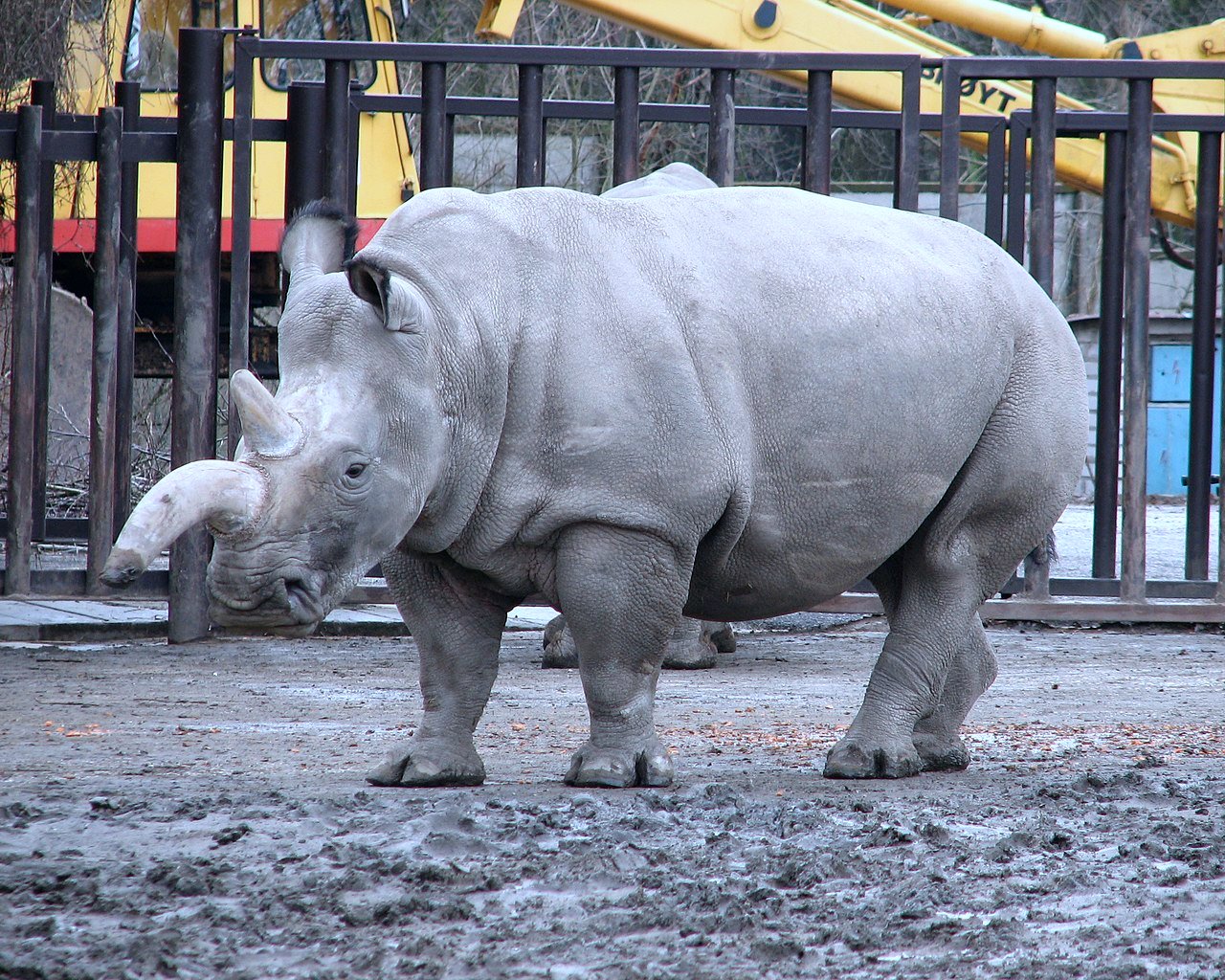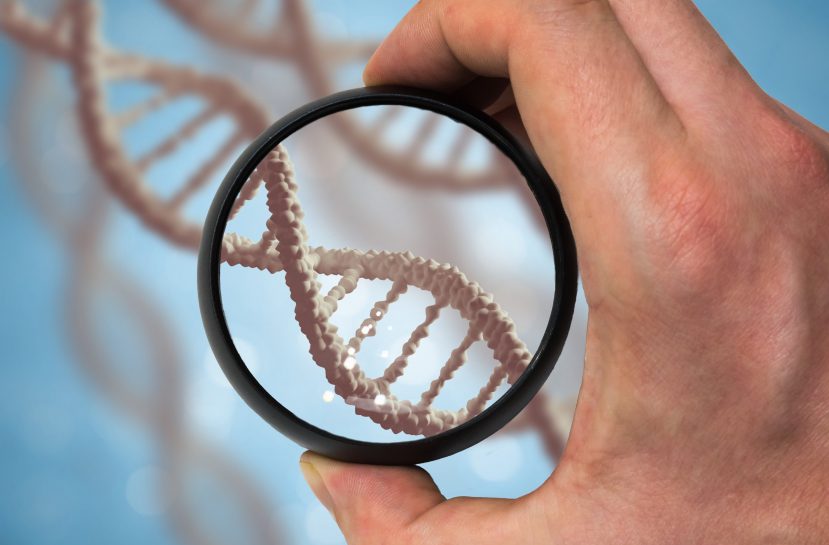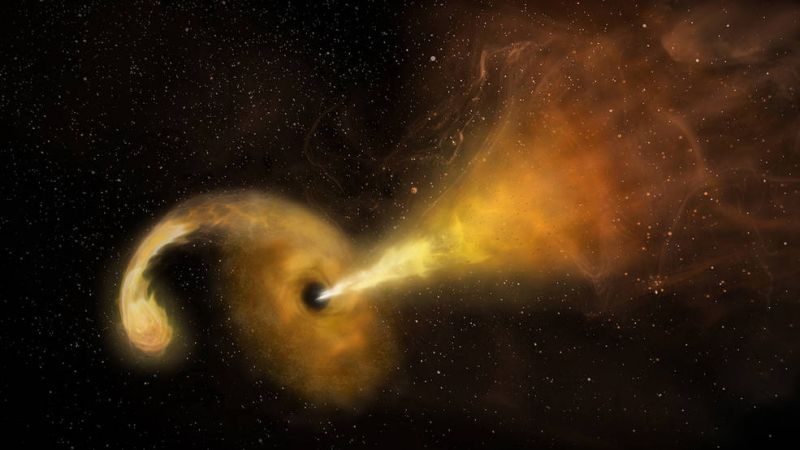New research suggests that genetic “dark matter” could be a driving force behind the emergence of new species. I’m talking about the so-called satellite DNA that prevents non-identical animals from mating.
Long, repetitive stretches of the genome, called satDNA, can prevent species from interbreeding with each other. It is an evolutionary mechanism that prevents the formation of hybrids between species that cannot survive.
A few words about the structure of DNA
A genome is information stored in chemical form about the structure and functioning of an organism. The information carrier is deoxyribonucleic acid (DNA), and the “letters” are the four building units (nucleotides) – adenine (A), cytosine (C), guanine (G) and thymine (T).
DNA has a double helical structure, in a sense, a ladder – each rung consists of a pair of nucleotides. The human genome contains more than 3 billion of them. If you want to write it in text form, you will need 400 volumes of the encyclopedia.
In humans, genetic material is packed into 23 pairs of chromosomes – we get one chromosome from each parent. In the human genome, we find a total of about 23,000 genes – these are regions of DNA that contain information that allow the body to produce proteins, and therefore work properly.
It is important to know that only 1% of human DNA is responsible for producing proteins. Other stretches of DNA can tell the body different things, such as how many copies of a particular protein to make or when to turn on certain genes. Approximately 10% of the human genome is made up of long, repeating sections of what is called satellite DNA (satDNA). This substance differs from the rest of DNA in the percentage of base pairs of nitrogen (different ratio of GC and AT pairs). For many years, scientists believed that satDNA wasn’t doing anything useful in our bodies. They were wrong.
Important role for years of neglected DNA
In 2018, the team of Madhav Jagannathan, now at ETH Zurich and then at MIT, discovered that a portion of satDNA has an important biological role: it regulates genetic material in the cell nucleus. Some proteins trap DNA molecules and pack them densely during interphase (the longest stage in a cell’s life cycle) in structures called chromium centers. It turns out that satDNA ordered proteins appropriate for how and where chromosomes are organized.
The results of the latest research published in Molecular biology and evolution, denotes something else: the stimulation of speciation, that is, the formation of species. Scientists studied fertility in Drosophila black belly, the popular fruit fly. When the gene encoding a protein called prod (which binds to satDNA) was deleted, the insect’s chromosomes scattered outside the nucleus. Without it, the animals died instantly.

This is a great find because this protein is unique to Drosophila. This means that satDNA sequences bound to binding proteins evolve at a similar rate, and do not separate from each other.
The Madhava Jaganathan team confirmed this by crossing females Drosophila melanogaster With males of another kind – fruit fly similan. Unfortunately, the resulting offspring did not live long. When the scientists looked at the cells, they saw distorted nuclei containing scattered DNA.
What is the conclusion?
The conclusions from the experiments conducted are surprising. If satDNA evolved rapidly and organisms produced different proteins that bind them, they would not be able to produce offspring. This discrepancy quickly emerges, and the new species, made up of two different descendant species, does not survive. However, if the satDNA-binding proteins of the associated species are compatible with each other, a new species may arise. This is the reason for the effect of satDNA on speciation.

Scientists hope that the new discoveries will be able to save the “stricken” hybrids – hybrids that will not live long after birth. This could pave the way for the use of crossbreeding as a way to save endangered species such as the northern rhinoceros, of which only (old) females have survived to this day. Chances of survival of this species naturally are nil.
The discoveries about satDNA confirm the age-old fact that it is not worth judging a book by its cover. And what seems at first glance to be rubbish can turn into real treasure.

Echo Richards embodies a personality that is a delightful contradiction: a humble musicaholic who never brags about her expansive knowledge of both classic and contemporary tunes. Infuriatingly modest, one would never know from a mere conversation how deeply entrenched she is in the world of music. This passion seamlessly translates into her problem-solving skills, with Echo often drawing inspiration from melodies and rhythms. A voracious reader, she dives deep into literature, using stories to influence her own hardcore writing. Her spirited advocacy for alcohol isn’t about mere indulgence, but about celebrating life’s poignant moments.









